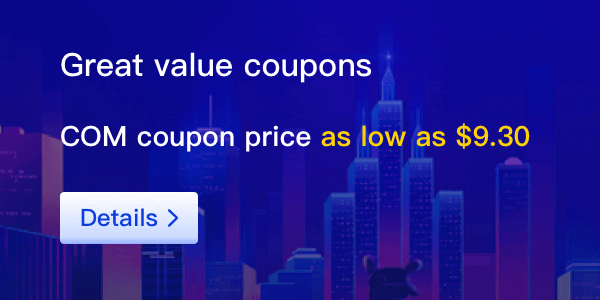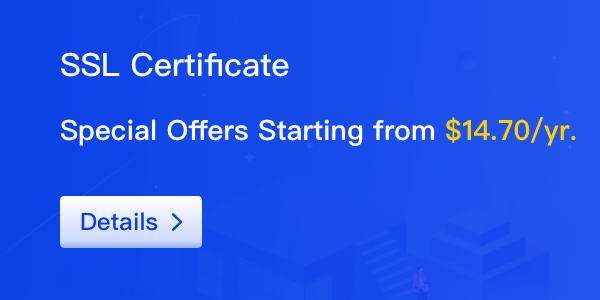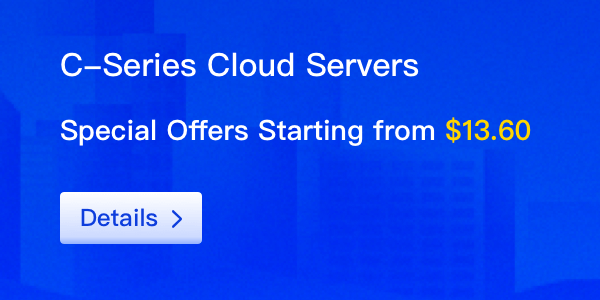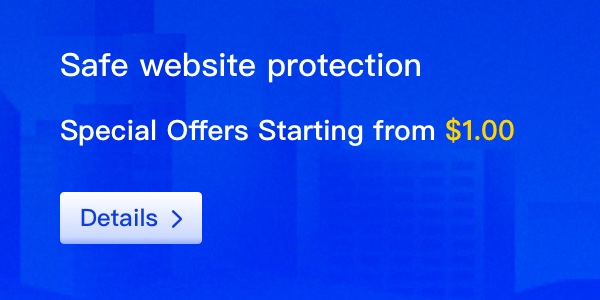Ever registered a domain name and then suddenly started getting a flood of spam emails or weird phone calls? You're not imagining things. When you buy a domain, your personal contact information—name, phone number, address, and email—usually becomes publicly available through something called the Whois database. That’s where spammers, scammers, and even stalkers often find their next target.
Luckily, there’s a simple solution: Whois privacy protection. It’s like putting a privacy screen over your domain info, so the world only sees what you want them to see.
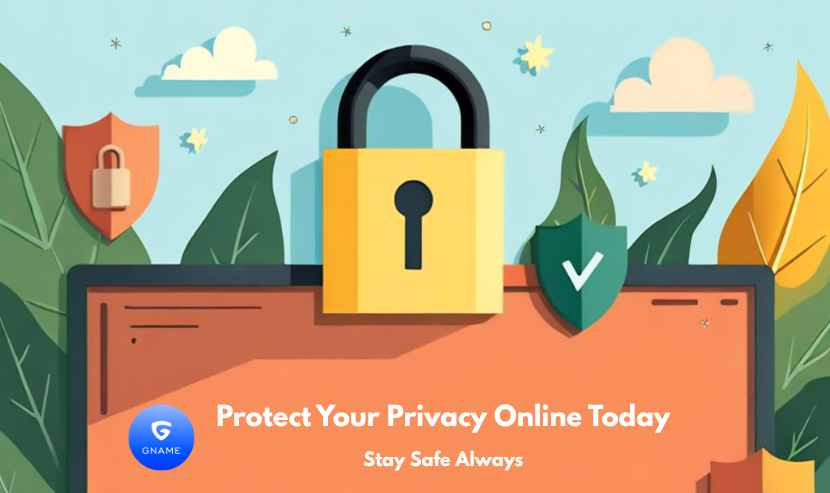
So, What Exactly Is Whois Privacy?
In plain terms, Whois privacy is a service offered by domain registrars that hides your personal contact info from public view. Without it, anyone can type your domain into a Whois lookup tool and see where you live or how to contact you.
But when you turn on Whois privacy, your registrar replaces your real info with generic placeholder details—usually something like “Privacy Protection Service” and a forwarding email address. You still get the important emails, but your actual details stay safe and sound.
Why You’ll Want to Turn It On
Here are the main reasons why enabling Whois privacy is a smart move:
1. Say Goodbye to Spam
The most obvious benefit? Way less spam. Once your email and phone number are no longer out in the open, spammers and telemarketers lose easy access. That means a cleaner inbox and fewer robocalls—especially helpful if you manage multiple domains or run a business.
2. Stay Safe from Scams
Scammers love using public info to craft convincing phishing attacks. If your personal details are hidden, it’s much harder for them to trick you with fake invoices or targeted scare tactics. Whois privacy adds an extra layer of defense, especially for small business owners and freelancers who may already wear too many hats.
3. Reduce the Risk of Doxxing
Doxxing—the act of publicly exposing someone’s private information online—is becoming more common. Whether you’re a public figure, activist, gamer, or just someone who values their safety, Whois privacy helps you stay anonymous and protect your offline life.
4. Enjoy Peace of Mind
Knowing that strangers can’t easily dig up your personal contact details? That’s a stress reliever in itself. You’ll feel more confident operating online, whether you're launching a website, starting a brand, or just exploring side projects.
How It Actually Works
Getting Whois privacy set up is super easy—usually just a checkbox during domain registration or a simple add-on afterward.
Here’s what happens behind the scenes:
- Step 1: You register a domain and opt into privacy protection.
- Step 2: Your registrar swaps your personal info in the Whois database with theirs.
- Step 3: If someone wants to contact you, most privacy services offer a relay email that forwards messages to your real inbox—so you stay reachable without being exposed.
Simple, seamless, and secure.
Wrap-Up: A Simple Step, Big Protection
In an era where your name and email can be just as sensitive as your home address, protecting your online identity isn’t optional—it’s essential.
Whois privacy doesn’t cost much (some registrars even offer it for free), but the peace of mind it provides is priceless. It keeps your inbox clean, your personal info private, and your digital life a little bit safer.
So the next time you register a domain—whether for your business, blog, or big idea—don’t skip that little checkbox for privacy protection. It’s one of the easiest things you can do to guard yourself from the nastier side of the internet.



